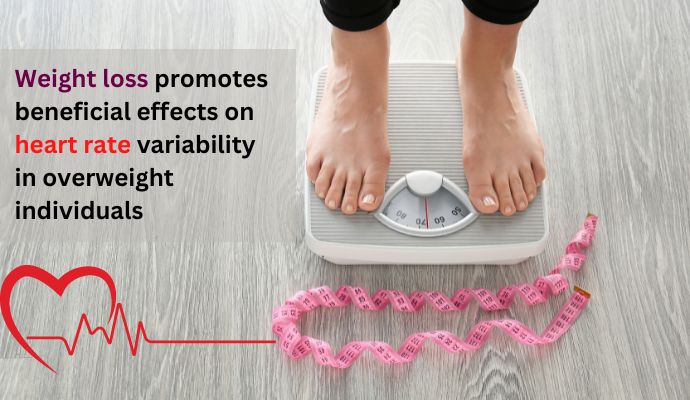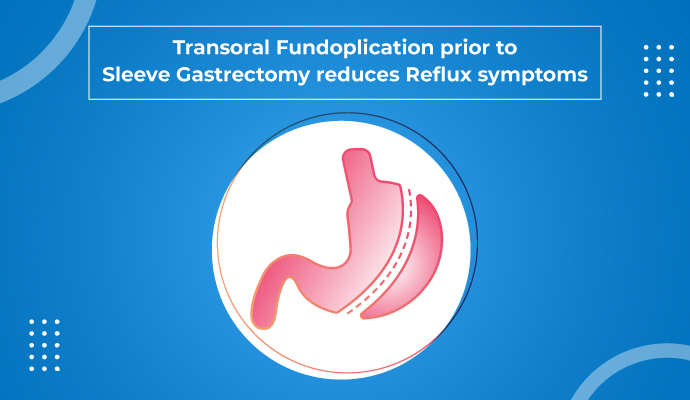
Sleep apnea and how it is associated with Obesity
Sleep apnea refers to a condition in which
62,433 total views, 68 views today
Home » Individualized Eating Plans Assist Dieters in Losing Weight
A study published in Science Daily stated that a new self-guided diet program with a visual tool helped dieters choose what foods to consume and what to limit, thereby promoting weight loss results with ease.
Individualized Diet Improvement Program (iDIP) a unique visual tool that helps users create meals with about 80 grams of protein and 20 grams of fiber daily while limiting their intake to less than 1,500 calories per day.
iDIP was programmed based on the dietary guidelines. Diet flexibility played a key role in encouraging dieters as there was no need to follow a strict diet plan.
Research highlights:
Personalised diet programs empower users to create their own plans to achieve better weight loss.
Reference:
Individualized eating program helps dieters lose weight, keep it off. University of Illinois at Urbana-Champaign, News Bureau. Science Daily.
Source link: https://www.sciencedaily.com/releases/2022/07/220714144957.htm

Sleep apnea refers to a condition in which
62,433 total views, 68 views today

Since the beginning of 20th century, the overall
62,409 total views, 68 views today

New year is the time for new beginnings.
63,101 total views, 68 views today

Weight loss can be tricky business, as it
62,984 total views, 69 views today

According to a recent study, weight loss through
63,888 total views, 69 views today

According to a recent study, preoperative very low
63,884 total views, 69 views today

A recent study conducted on GERD (Gastroesophageal Reflux
63,882 total views, 68 views today

A recent study done to examine the long-term
62,681 total views, 66 views today

Overweight and obesity is a major health concern
31,012 total views, 24 views today

A recent study published in the Journal of
30,201 total views, 24 views today

The findings from a recent study, published in
30,444 total views, 24 views today

The findings of a recent study, published in
30,843 total views, 24 views today
